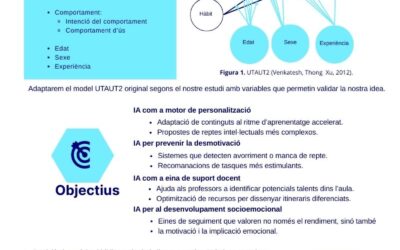Nom i cognoms / Name and surname
Roberta Carafa
Afiliació / Affiliation
AECOM
Programa de finançament europeu en que s’enmarca aquest projecte? / European funding programme in which this project is being carried out?
Marie Skłodowska-Curie Schemes
Títol del projecte / Project title
WATERSCAN WATER pollution warning System Combining bioAssays on passive sampling extracts and real time mixture toxicity detectioN ;officially approved by resolutions Tecniospring INDUSTRY
Número del projecte / Project number
COFUND-MSCA 801342
Breu explicació del projecte / Brief explanation of your project
Despite the efforts made in the last decades for the implementation of the Water Framework. Directive, water pollution is still a main cause of water quality deterioration. The traditional monitoring, based on grab samples, is not economically affordable and interest is rising in effect-based methods. Bioassays and biosensors can determine biological responses caused by complex mixtures by measuring their combined effects. The aim of WATERSCAN project is: 1. To bring to the market an already patented biofilm-based sensor that provides real time detection of mixture toxicity in water 2. To test a panel of standard bioassays exposed to environmental toxic mixtures.
Enllaç a la pàgina web del projecte / Link to your project website
Repte en que s’emmarca aquest projecte / Challenge within the framework of this project
3. Restore our Ocean and Waters by 2030


















